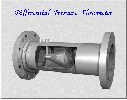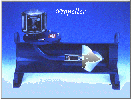Flow Measurement...
The correct application, selection, and maintenance of flow - metering devices is critical to the efficient operation of a
modern wastewater treatment facility. A complete flow measurement system consists of two elements ; (1) a sensor or
detector and (2) a converter device. The sensor or detector is exposed to or affected by the flow; the converter is the
device used to translate the signal or reading from the sensor into a flow reading.
For Open Channels...
In open channels, or partially filled conduits, the head generated by an obstruction, such as a flume or weir plate or the
cross - sectional wetted area, and corresponding velocity are used to determine the flowrate. Perhaps the most widely used
device for measuring the flowrate of untreated wastewater is the Parshall flume.


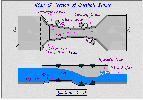
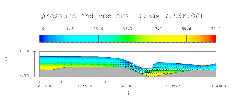

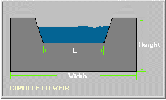
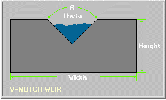
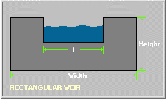
For Closed Conduits...
Three techniques are commonly used for measuring flowrates in closed conduits ; (1) insertion of an obstruction to create
a predictable headloss or pressure difference, (2) measurement of the effect of the moving fluid (e.g. momentum change,
sonic wave transmittance, magnetic field shift) and (3) measurement of incremental units of fluid volume. Flow tubes,
orifices, pitot tubes, rotameters, and venturi tubes are all used to produce pressure differentials that can be converted
into flowrate readings. Magnetic, target, ultrasonic, and vortex measuring devices are included in the second category.
Included in the third category are turbine and propeller meters in which the speed of rotation of a sensing element can
be correlated to velocity and the flowrate.

